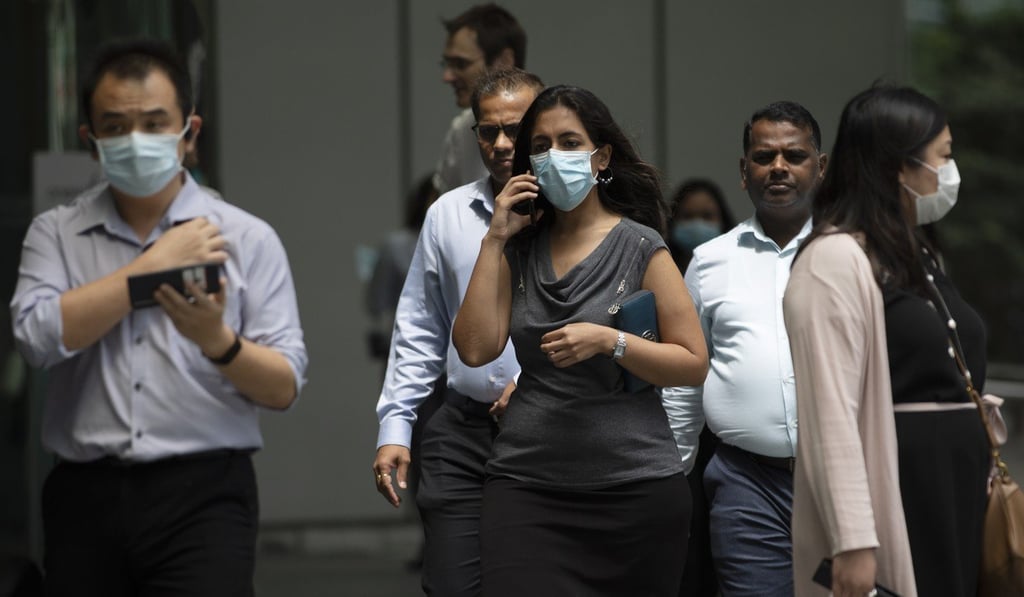Advertisement
Singapore cuts GDP forecast for 2020, cites risk to China’s growth from coronavirus
- The city state lowered its forecast to -0.5 to 1.5 per cent, as it released final GDP figures for 2019 showing 1 per cent growth for the fourth quarter
- Analysts said manufacturing, tourism and exports would be hit as Singapore’s economy is now more dependent on China compared to 2003 during Sars
Reading Time:4 minutes
Why you can trust SCMP

Singapore’s trade ministry downgraded its growth forecast for 2020 to a range of -0.5 to 1.5 per cent from 0.5 to 2.5 per cent previously, citing the fallout from the novel coronavirus outbreak on China’s economy that would affect the region.
The last time the Singapore economy recorded a full-year contraction was in 2001 due to the dotcom crash, when growth was at -1.1 per cent. But the ministry added it expected growth to come in at around 0.5 per cent.
“In China, GDP growth in 2020 is expected to come in lower than earlier projected due to lower household consumption as a result of the lockdowns and travel restrictions implemented in several major Chinese cities to contain the spread of the virus,” said the Trade and Industry Ministry in a statement.
Advertisement
“These developments in China will, in turn, have a knock-on impact on regional economies, including the Asean economies, through lower outbound tourism and other import demand from China, as well as disruptions to supply chains.”

Advertisement
The ministry gave its outlook as it released figures that showed Singapore’s export-focused economy had grown modestly by 0.7 per cent in 2019.
It fell within the government’s forecast of 0.5 per cent to 1 per cent but was markedly lower than the 3.4 per cent recorded in 2018, with growth for 2019 the slowest in a decade.
Advertisement
Select Voice
Choose your listening speed
Get through articles 2x faster
1.25x
250 WPM
Slow
Average
Fast
1.25x